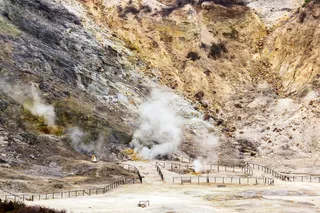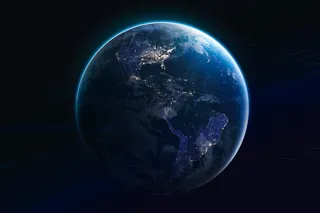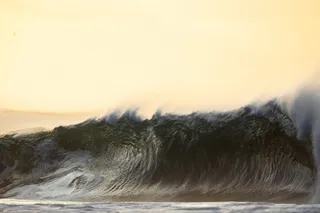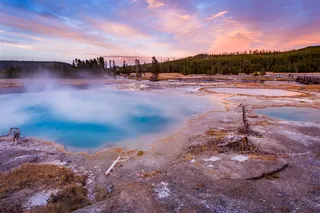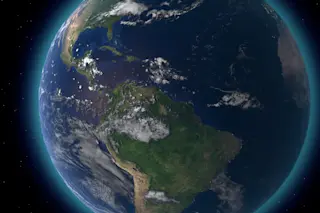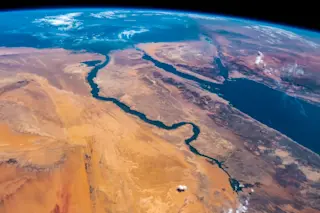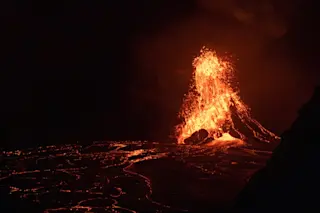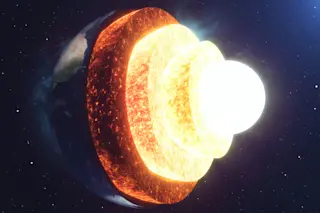Norris Geyser Basin in Yellowstone National Park. Image: Erik Klemetti Over the weekend, the Yellowstone National Park felt its strongest earthquake since 1980 -- a M4.7 event located just north of the Norris Geyser Basin at a depth of ~7 km. As you can guess, with such an earthquake, the Yellowstone-fearing throngs got a little nervous. However, this earthquake is nothing out of the ordinary for Yellowstone, even if it is larger than your average seismic event in or near the caldera. Over the past few hundred years, the caldera has felt numerous large earthquakes, including a M7.3 earthquake in 1959 ... and none of them have led to an eruption at Yellowstone (even a small one). In fact, if you really want to be worried about hazards from Yellowstones, earthquakes might be the bigger danger. Now, why might that be? Well, some of it has to do with whether ...
Earthquake at Yellowstone Caldera is No Need for Concern
Yellowstone National Park experienced its strongest earthquake since 1980, an M4.7 event near Norris Geyser Basin, raising awareness.
More on Discover
Stay Curious
SubscribeTo The Magazine
Save up to 40% off the cover price when you subscribe to Discover magazine.
Subscribe




